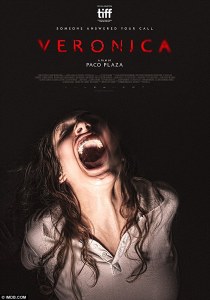
It’s no secret that I adore Jordan Peele’s debut horror feature, Get Out. Needless to say, it’s a film I immediately fell in love with due to its intricate details, stellar performances, and perfectly paced narrative. It went on to be my favorite film of 2017, and I would definitively declare it as being one of the decade’s absolute best films. Having watched it yet again just last month, I’m astounded at the fact that Get Out remains as impressive as ever, and I have been counting down the days until we would get to see what Peele had in store for us with his next film.
Finally, that wait is over. After two long years, Peele is again gracing cinema marquees with his highly anticipated follow-up, Us. I’m going to be up front here: Us is nowhere near as good as its predecessor. However, despite some glaring misgivings I have toward this sophomoric effort, Us is definitely worth seeing. It is, in the end, an extremely well-made and oftentimes very enjoyable horror flick. However, Us is also nowhere close to being as essential as Get Out was. But it should come as no surprise that Peele’s newest work again highlights remarkable acting and gorgeous cinematography, and is based upon yet another inventive, terrifying scenario that’s sure to not only get your blood pumping, but also stimulate your mind in the process.
At the center of Us is a family of four, the Wilsons, which includes mother Adelaide (Lupita Nyong’o), father Gabe (Winston Duke), teenage daughter Zora (Shahadi Wright Joseph), and young son Jason (Evan Alex). We join them as they’re pulling up to their comfortable beach house for a summer getaway in Adelaide’s childhood home in Santa Cruz, and we’re allowed some valuable time upfront in order to better align ourselves with these characters and appreciate their relationships with one another. These early moments are breezy, funny, and memorable, as Peele makes it easy to become attached to his likable cast of characters.








